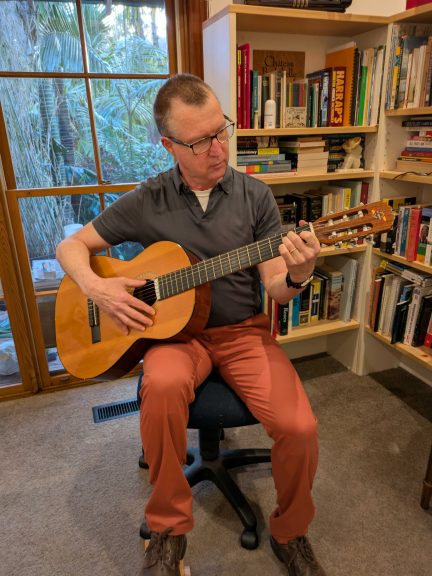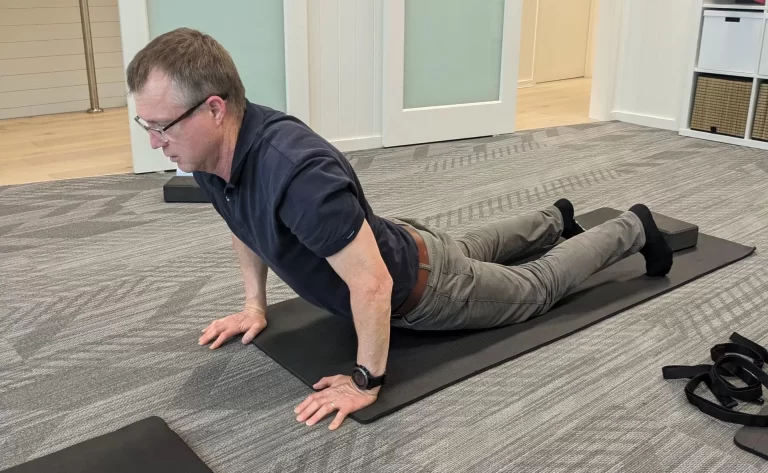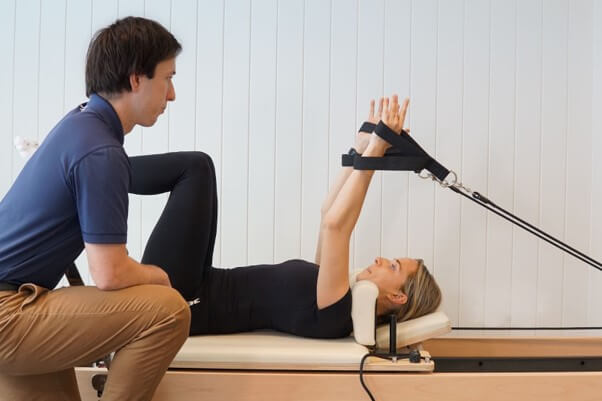The start of the school year heralds much blogging on childhood and adolescent back pain. School bags seem to feature prominently in these. But what is really important for healthy young backs? We will dip into a bit of back ground but then come back to the bag.

Low Back Pain in Teens
It is clear low back pain is present in teens, it becomes more common to 36% by the age of 22. This is a major health problem. Back pain in adolescents is linked to mental wellbeing and sets a pattern of back pain episodes into adulthood. It has a substantial negative impact on quality of life. In the majority of cases, a scan provides little useful information to guide help. Some predictors are:
|
The children in this group had a physical examination of their backs to see what counts and then how health practitioners can help. Here are some of the most important findings.The ability to sense the position of the spine in order to reposition it correctly is considered an important indicator of spinal health. Adolescents from the Raine study with back pain could not accurate sense their spinal position and had more difficulty repositioning their lumbar spine correctly, which may potentially lead to further tissue strain and pain.
Being active is quite important to adolescents. Their engagement in sport and physical activity tends to track from adolescence to adulthood and this will have long term benefits on their health if they can engage now. Teaching positive and accurate information about back pain is also important. Children who have a negative view are more likely to be off school and use medications.
Mental health in this group is tied into back and neck pain and therefore needs to be addressed in managing back pain in growing spines. Several studies now point to key factors of mental wellbeing and stress as having a bearing on back and neck pain. Lowered self-esteem, too much screen time and being overweight had significant correlations to back and neck pain in adolescents.
Take home message:
- Have children engage in activity and build self-esteem and self-efficacy.
- Identify where a child is struggling with mental wellbeing.
- Training spinal position sense, where needed, may be helpful.
How can a physiotherapist help?
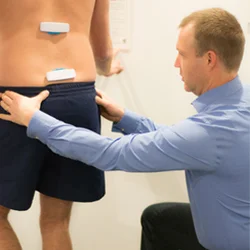 Physiotherapists are fully trained in treating movement impairments and training spinal repositioning sense.
Physiotherapists are fully trained in treating movement impairments and training spinal repositioning sense.
- Here at Peak MSK Physiotherapy we see patients of all ages and are experienced in treating children and adolescents with back or neck pain.
- We use motion sensor technology to teach spinal position sense and give simple but effective strategies to relieve pain and get better.
Mention this blog to us in February – March and we can arrange a motion sensor analysis of your adolescent’s back movement and position sense. This will be provided at a discounted rate. For more information, please call our clinic for details and pricing on 9533 5305.
Time’s up! Pens down people!
Bibliography
1. Geldhof, E., De Clercq, D., De Bourdeaudhuji, I., & Cardon, G. (2007). Classroom postures of 8-12 year old children. Ergonomics, 50(10), 1571-1581.
2. O’Sullivan, P. B., Smith, A. J., Beales, D. J., Straker, L. M. (2011). Association of biopsychosocial factors with degree of slump in sitting posture and self-report of back pain in adolescents: A cross-sectional study. Physical Therapy, 91(4), 470-483.
3. Sjolie, A. N. (2004). Associations between activities and low back pain in adolescents. Scandinavian Journal of Medicine and Science in Sports, 14, 352-259.
4.Straker, L. M., O’Sullivan, P. B., Smith, A. J., & Perry, M. C. (2009). Relationships between prolonged neck/shoulder pain and sitting spinal posture in male and female adolescents. Manual Therapy, 14, 321-329.










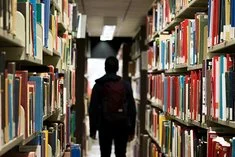 Stress
Stress